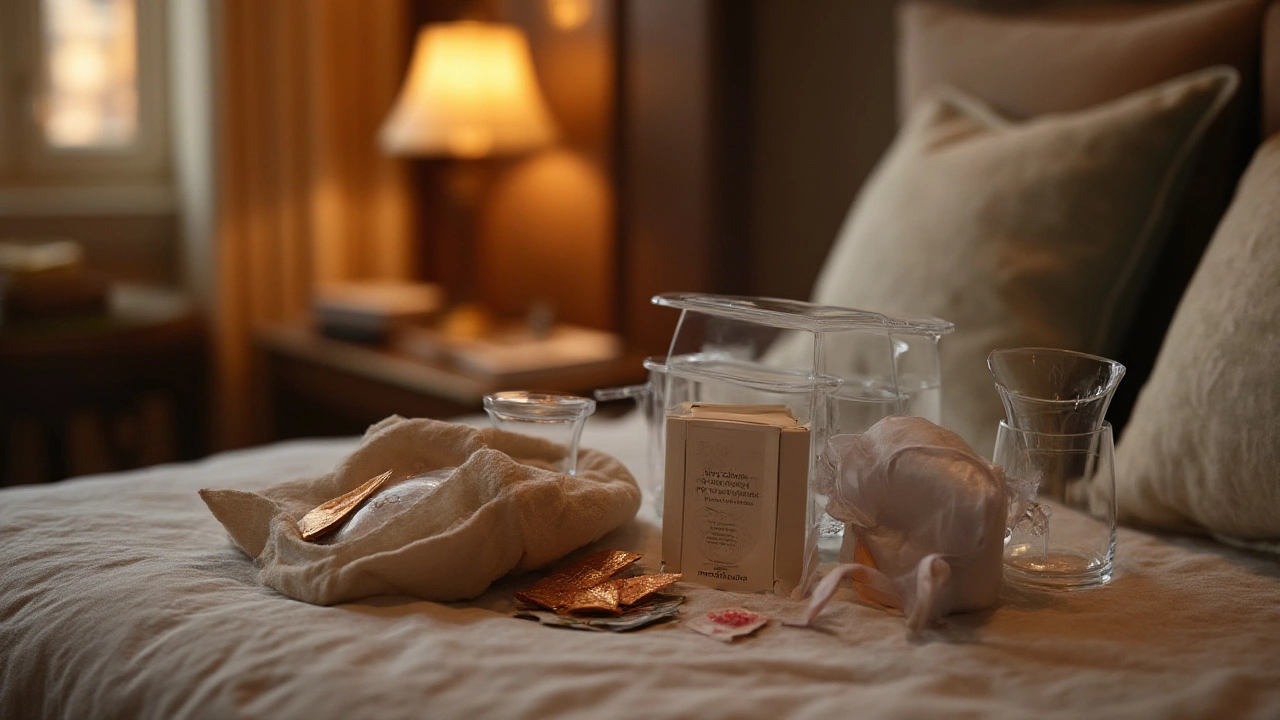
Safe Sex Tips: Simple Ways to Stay Protected and Enjoy Intimacy
Talking about safe sex might feel awkward, but it’s the smartest thing you can do for your health and your partner’s. Below you’ll find easy, practical tips you can start using tonight. No jargon, just clear steps that work.
Choose the Right Protection
Condoms are the most reliable barrier against both STIs and unwanted pregnancy. Pick a size that fits snugly – too tight can break, too loose can slip. Latex works for most people, but if you have an allergy, go for polyurethane or polyisoprene. Remember to check the expiration date and store them in a cool, dry place; heat and sunlight weaken the material.
If you’re using a lubricant, pick a water‑based one with condoms. Oil‑based lubes can dissolve latex and cause tears. A little extra slickness makes sex more comfortable and reduces the chance of a break.
Get Tested Regularly
Even if you feel fine, STIs can hide without symptoms. Schedule a test at a clinic, pharmacy, or through a home‑testing kit at least once a year, or more often if you have new partners. Bring your partner into the conversation – sharing results builds trust and makes future encounters safer.
When you get a negative result, keep the paperwork or digital record. It helps you track when the next test is due and shows health providers your testing history.
Talk Openly with Your Partner
Before things get physical, ask about each other’s STI status, birth control methods, and comfort levels. A quick “Did you get tested recently?” can feel uncomfortable, but it shows you care. If one of you uses hormonal birth control, remember it doesn’t protect against STIs, so condoms are still needed.
Set clear boundaries about what you’re comfortable with. If you or your partner want to try something new, discuss it first and decide together what protection you’ll use.
Combine Methods for Extra Safety
Using two forms of protection—like condoms plus dental dams for oral sex—greatly reduces risk. For pregnancy prevention, consider adding a hormonal method (the pill, patch, or IUD) to condoms. This backup plan covers condom mishaps and gives you peace of mind.
Keep a spare condom in a place you’ll remember—your wallet, your nightstand, or a bag you often carry. Having it handy means you won’t skip protection when the moment strikes.
Stay Informed and Adapt
Sexual health guidelines evolve, so stay current. Follow reputable health sites, subscribe to newsletters from local clinics, or ask your doctor about updates. If you travel abroad, check if local STI rates differ and whether extra precautions are needed.
Finally, remember that safe sex is about respect—for yourself, your body, and your partner’s. By being prepared, communicating openly, and using the right protection, you can enjoy intimacy without unnecessary worry.
